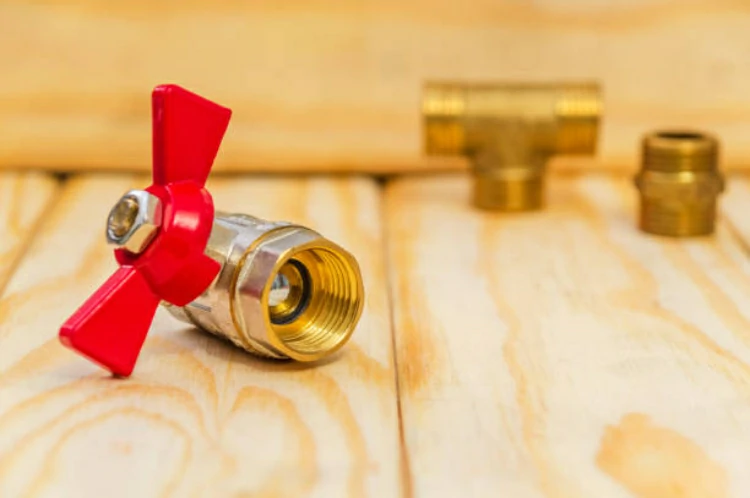Introduction
Brass ball valves serve as essential components in various industries, providing reliable control over fluid flow. Therefore, comprehending their working principle and structure is crucial for optimizing their performance and ensuring efficient operations.
Working Principle of Brass Ball Valves
Ball Valves Functionality
Brass ball valves operate on a straightforward principle. Inside the valve body, there is a hollow, perforated brass ball with a hole (port) that aligns with the inlet and outlet ports of the valve. When the handle is turned perpendicular to the pipe, the ball rotates, blocking the flow. Conversely, turning the handle parallel to the pipe aligns the ports, allowing fluid to pass through.
Sealing Mechanism
One of the critical aspects of the working principle is the sealing mechanism. When the valve is closed, the ball’s surface tightly seals against the valve seat, preventing any leakage. The sealing materials, often made of resilient polymers like PTFE (Teflon), ensure a tight seal even under high pressures and varying temperatures.
Structure of Brass Ball Valves
Valve Body
At the heart of brass ball valves lies the valve body, typically crafted from durable brass material. Brass offers excellent corrosion resistance and mechanical strength, thus rendering it ideal for various applications. These applications encompass water supply systems, HVAC, and industrial processes alike.
Ball and Stem
The brass ball valves operate with the brass ball at their core, which regulates the fluid flow. A stem connects the ball to the handle. Turning the handle rotates the stem, in turn, moving the ball to open or close the valve. Engineers precision-engineer both the ball and stem to guarantee smooth operation and long-lasting performance.
Seats and Seals
Critical to the functionality of the brass ball valves are the seats and seals. Seats are the fixed, often circular surfaces against which the ball presses to create a seal when closed. These seats are typically made of materials like PTFE, ensuring a tight seal and minimal friction during operation. Seals, often in the form of O-rings or gaskets, provide additional sealing at connection points to prevent leakage.
Handle and Actuator
The handle of the brass ball valve provides manual control over the valve operation. It is ergonomically designed for ease of use and is often color-coded for easy identification of the valve position. In some cases, especially in large-scale industrial applications, brass ball valves may incorporate actuators for automated control, allowing remote operation and integration into larger control systems.
Conclusion
In conclusion, brass ball valves are indispensable components in fluid control systems, offering reliable performance and durability. Understanding their working principle and structure is essential for proper installation, operation, and maintenance. With their robust construction and efficient design, brass ball valves play a crucial role in ensuring smooth fluid flow in various industries and applications.
Contact
IFANPLUS is a specialized product series launched by IFAN, primarily covering plastic pipes, fittings, and various types of valves. We offer PPR and PVC pipes in German and American standards, ensuring the high quality and reliability of our products. IFANPLUS valve products include a variety of valves, from PPR valves to other diverse copper valves, catering to your specific requirements. Whatever product you need, IFANPLUS will be your reliable partner. Here is our contact information.
We will reply your email or fax within 24 hours.
You can call us at any time if there is any question on our production.
For more information,pls visit our webside https://www.ifanplus.com/
Pls Mailto: [email protected]






